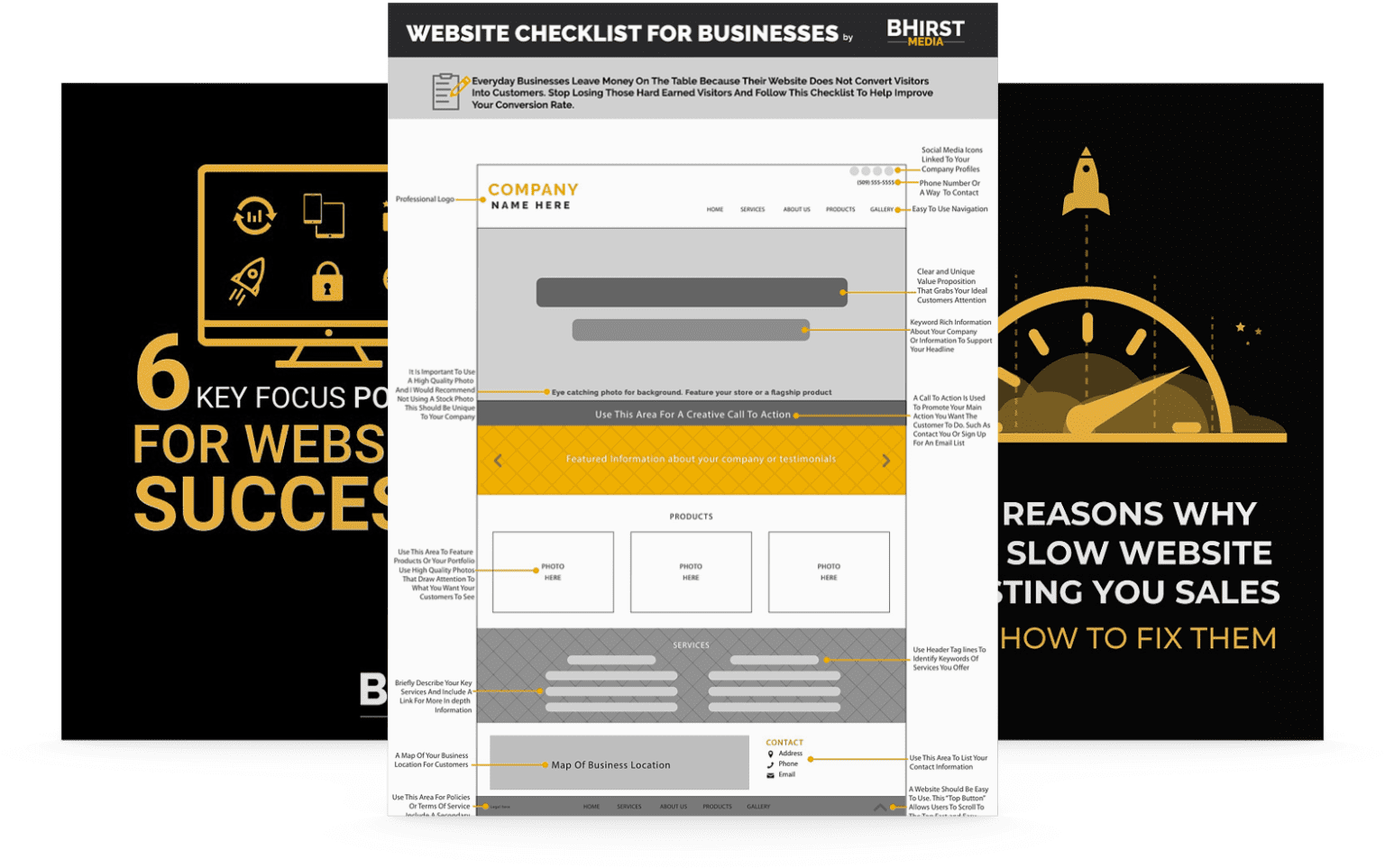
Generating fresh and engaging blog ideas can seem challenging, but with the right strategies, you can consistently uncover topics that resonate with your audience. Here are actionable takeaways that highlight proven methods for blog idea generation, ensuring a perpetually flowing content pipeline.
By strategically combining audience feedback, personal insights, and collaborative brainstorming, you can consistently generate compelling blog ideas that differentiate you from the competition. In the upcoming sections, we’ll explore these techniques in detail, providing step-by-step strategies and creative tips to maintain fresh and engaging content.
Coming up with fresh blog ideas can sometimes feel like trying to extract water from a stone. However, with the right strategies, your creative wellspring will never run dry. Effective blog idea generation is not just about brainstorming new topics; it’s about creating content that deeply connects with your audience, keeping them consistently engaged and hungry for more.
Whether you’re battling the dreaded writer’s block or simply seeking to inject new life into your content strategy, this article provides a treasure trove of proven strategies for content generation that will resonate with your audience. From leveraging personal stories to capitalizing on emerging industry trends, we’ll explore techniques to revitalize your blog and boost your overall engagement.
Let’s delve into how you can consistently uncover topics your audience will not only love but also share and revisit time and again.
Can anything truly rival the power of real-life stories? Personal experiences provide an unparalleled source of ideas for compelling blog posts. These narratives offer authenticity and resonate with your audience on a profoundly human level. When you openly share your own journey—whether it involves triumphs, setbacks, or invaluable lessons learned—you forge connections that simply can’t be replicated through purely theoretical content. By weaving your personal stories into your blog, you create content that feels more relatable, strengthens your unique voice, and significantly enhances engagement in the increasingly crowded digital landscape.
Consider, for instance, the journey of Emily, a healthcare administrator who blogs about her experiences implementing new technologies in her hospital. Through her posts detailing the trials of integrating digital health records, training staff, and improving patient outcomes, she attracts not only fellow healthcare professionals but also technology enthusiasts and change management experts. Her narratives highlight critical issues such as system interoperability, data security, and user adoption, serving as real-world case studies that illustrate how to navigate the complexities of modern healthcare transformation.
Remember, these experiences not only enrich your content with unique ideas but also cultivate a deeper connection with your readership. By openly sharing your personal trials and hard-won triumphs, you craft a narrative that people can easily relate to, encouraging sustained engagement with your brand and its overall message.

The digital universe may seem vast, but that doesn’t mean every niche is saturated. Here’s a strategic approach to uncovering blog topics that are rich with potential yet relatively unexplored:
One of the most effective methods for discovering untapped niches involves strategically diving into audience analytics. Gaining a deep understanding of what your audience already knows and specifically what they’re eager to learn can reveal underexplored areas ripe for the creation of valuable content. Consider the example of David, an environmental scientist who noticed growing interest in sustainable urban development among his audience. Despite some existing content, he identified a notable lack of comprehensive guides tailored specifically for smaller cities, leading to a series of well-received blog posts that filled this gap and cultivated a dedicated following.
By employing these approaches, you ensure that your blog consistently delivers content that is not only original and engaging, but also genuinely valuable and highly relevant, providing you with a significant competitive advantage within your chosen niche.
When you find yourself creatively blocked, employing structured creativity can be incredibly beneficial. Here are some engaging and effective brainstorming techniques to spark new ideas:
Freewriting, where you allow your thoughts to flow freely for a set period without editing or structural constraints, often helps uncover unexpected and innovative blog angles. For example, consider Sarah, a marketing consultant who initially planned to write about general marketing strategies. Through freewriting, she stumbled upon the unique idea of exploring the intersection of mindfulness and marketing—how incorporating mindful practices can enhance creativity and reduce burnout for marketers—a topic far removed from her initial plan but one that deeply resonated with her audience.
By consistently experimenting with these diverse brainstorming techniques, you not only generate a steady stream of valuable content ideas but also cultivate a more creative and adaptable mindset, keeping your blog vibrant, relevant, and full of fresh perspectives.
Audience feedback is far more than just a validation tool; it’s a dynamic idea factory waiting to be tapped. Engaging directly with your audience provides valuable opportunities to gather compelling content ideas. For instance, consider a financial advisor named Robert who launched a simple poll on LinkedIn asking his network about their biggest challenges in retirement planning. The overwhelming response highlighted concerns about healthcare costs and long-term care, leading to a series of blog posts and webinars specifically addressing these concerns, which became some of his most highly attended and positively reviewed content.
By actively listening to your audience and understanding their specific needs, you ensure that your blog remains consistently relevant, highly valuable, and the go-to resource for addressing their evolving concerns and interests.

When it comes to generating innovative content, teamwork can ignite ideas that you might not have conceived independently. Here’s how to foster collaborative creativity effectively:
Imagine a scenario in which three educators with diverse specializations decide to collaborate on a blog focused on innovative teaching methods. One educator specializes in early childhood education, another in STEM education for middle schoolers, and the third in higher education leadership. By pooling their collective knowledge and experiences, their collaborative brainstorming sessions lead to insightful blog posts that merge pedagogical theories with practical classroom applications, providing a rich and multifaceted resource for educators across various levels.
Collaboration not only diversifies your content and introduces fresh perspectives but also fosters a sense of community around your blog. By enhancing its appeal and relevance to readers across various sectors and interests, collaboration significantly boosts its overall value.
By prioritizing personal narratives, exploring niche topics, embracing collaborative efforts, and actively listening to your target audience, you can reliably generate innovative and captivating blog content. Remember, content creation is not merely about filling blank pages; it’s about delivering genuine value, fostering engaging connections, and nurturing lasting relationships with your audience. By consistently implementing these multifaceted strategies, you’ll be well-equipped to build a blog that resonates deeply with your readers, keeps your creative momentum flowing, and ultimately achieves sustainable success in the dynamic digital landscape.
Looking ahead, businesses and individuals who prioritize adaptability and audience-centric strategies will thrive in an increasingly competitive content environment. Whether through the adoption of new content formats, embracing AI-driven tools, or leveraging community feedback to refine their approach, the next era of content leadership will belong to those who not only adapt—but also anticipate change and consistently innovate to serve their audience better. The real question isn’t if you’ll implement these strategies—but how effectively you’ll use them to gain a lasting competitive edge.
